Knowledge Sharing
IIS Publications
Publications for educators
-
Meaningful Assessment in Interdisciplinary Education
The complex societal and technological challenges of this century cannot be tackled with solutions from one field of expertise alone. Therefore, academics need knowledge and skills to cross the disciplinary boundaries - skills such as knowledge integration, critical thinking, collaboration and reflection. But how can we assess whether students have actually acquired these skills?
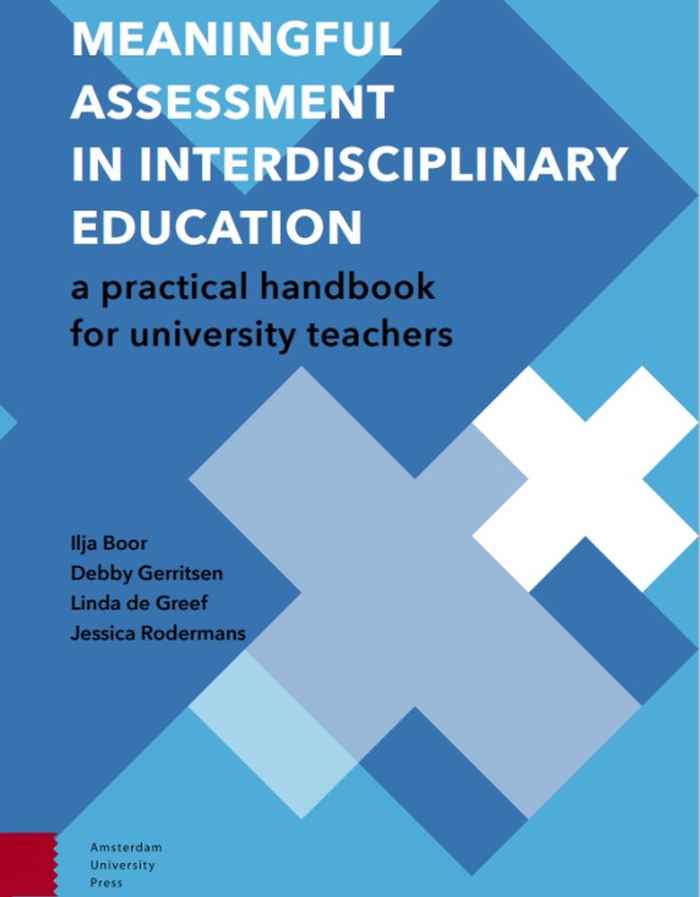
The handbook Meaningful Assessment in Interdisciplinary Education contains concrete suggestions in the form of examples of assessment methods that university teachers can use to evaluate whether students have (1) achieved the intended learning outcome, (2) gone through the learning process and (3) enabled students to be critical self-assessors. The book pays special attention to how feedback can be used in a meaningful and effective way.
Do you want to try out new assessment methods yourself? Do you want your students to develop their interdisciplinary understanding, but do you currently not have a satisfactory way of assessing their development? Do you want to make use of learning objectives such as reflection or cooperation? This handbook offers many practical methods for assessing these and other important interdisciplinary skills.
-
Designing Interdisciplinary Education
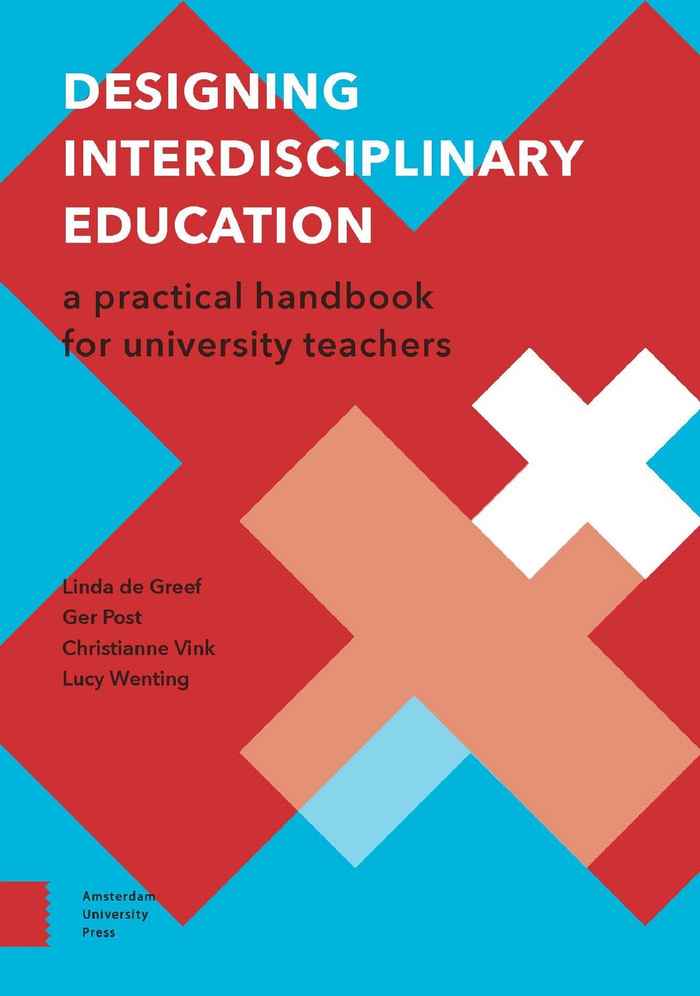
Now, more than ever, higher education faces the challenge of educating students to see beyond the limits of their own discipline and to come up with innovative integrated solutions to our contemporary problems.
‘Designing Interdisciplinary Education’ serves as a foothold for interdisciplinary initiatives in higher education, whether it be programmes, minors, courses or extra-curricular activities. It offers accessible guidance and practical advice for university teachers and curriculum leaders who aim to develop, implement and sustain a successful interdisciplinary approach to their teaching at the classroom, course or programme level.
Full of case studies, examples, exercises and opinions
The books ‘how to’-approach addresses several important topics such as formulating and assessing interdisciplinary learning outcomes, embedding integration in the programme design, the features of an interdisciplinary teacher, interdisciplinary teaching in practice, and didactic methods that nurture interdisciplinary understanding. This handbook incorporates numerous case studies, key advice, and exercises from a variety of interdisciplinary programmes in diverse countries. The ideas elaborated in this handbook are based on the theories and practices used at the Institute for Interdisciplinary Studies, the University of Amsterdam’s knowledge centre for interdisciplinary learning and teaching.
-
Interdisciplinary Learning Activities
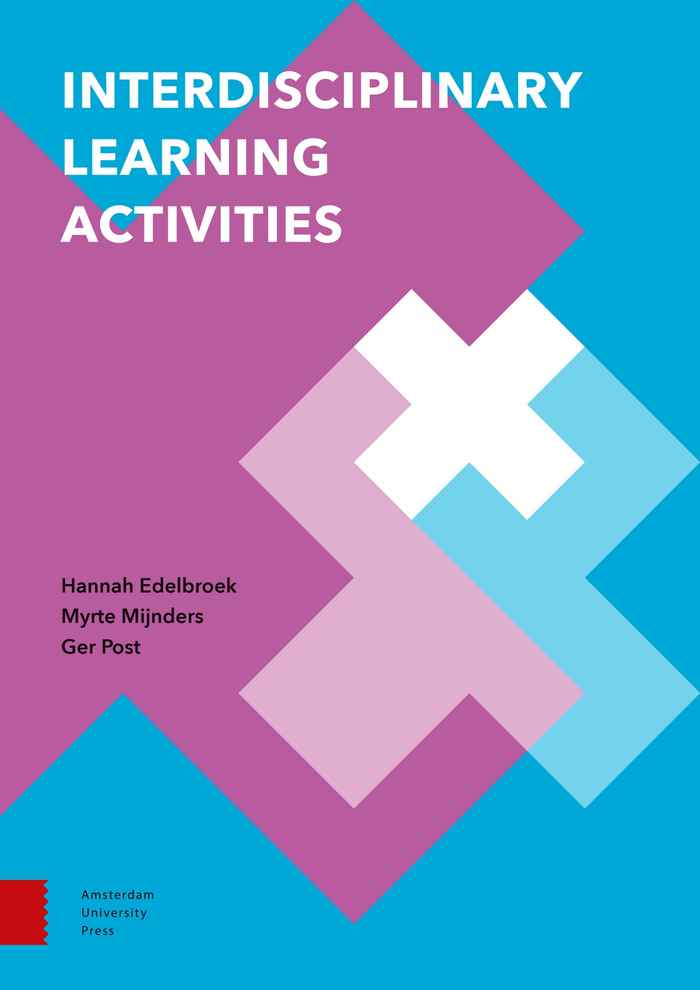
‘Interdisciplinary Learning Activities’ contains concrete suggestions in the form of examples of learning activities that university teachers can use to teach and foster interdisciplinary skills in graduate and undergraduate students. These skills for interdisciplinary understanding include critical thinking, collaboration and reflection.
Socratic style questioning, Breaking news, The Walt Disney strategy and the interdisciplinary shuttle are just four examples of the 32 interdisciplinary learning activities for workshops, courses and curricula that are shared by university teachers in this handbook. Incorporating these activities into education will contribute to creating a challenging, engaging and successful learning environment.Review 'Interdisciplinary Learning Activities'
Written by Hilde Creten & Nicole Totté, teaching assistants, Department of Educational Professionalism and Support, KU Leuven.
When interdisciplinary education was explicitly put on the agenda at KU Leuven because it was given a place in the new educational vision, we were very happy to be able to fall back on the expertise of the IIS. As a support service, we mainly want to encourage lecturers to create opportunities for students to come into contact with other disciplines. This ranges from (small) activities during the lesson, over interdisciplinary projects or Master's theses to complete interdisciplinary courses or programmes. We use this book, for example, in a module called 'Teaching heterogeneous groups'. How can a teacher, when dealing with a group of students with a different educational background, make the most of these differences? We refer teachers to the book to find a concrete form of work that suits them, e.g. how students can debate a proposition from different perspectives or disciplines, how students can work together in a 'Jigsaw' group work or how you can use the 'Walt Disney Strategy'. In other support, too, we regularly look for inspiration in 'Interdisciplinary Learning Activities', e.g. when we advise lecturers on the design of service-learning courses, which are inherently interdisciplinary. And for honours programmes or other interdisciplinary programmes, too, we can use this background to help lecturers better understand how to get students from different disciplines to work together in concrete terms.
Publications for students
-
An Introduction to Interdisciplinary Research; 2nd Revised Edition
We are increasingly realising that, as a result of technological developments and globalisation, problems are becoming so complex that they can only be solved through cooperation between scientists from different disciplines.
As a result of these developments, an interdisciplinary approach is becoming increasingly necessary and popular in higher education. Students need to learn more about how to integrate and apply knowledge, methods, and skills from different fields. The crucial step of integration within interdisciplinary research is treated extensively in this textbook, which contains a comprehensive ‘interdisciplinary integration toolbox’.
In addition, students must learn to collaborate in teams. An Introduction to Interdisciplinary Research serves as a systematic manual to guide students through this interdisciplinary research process.
New in this second, revised edition- The text has been extensively revised with a new chapter on interdisciplinary integration;
- A toolbox with integration techniques;
- More attention to transdisciplinarity;
- More examples and observations from a wider range of disciplines.
-
Academic skills
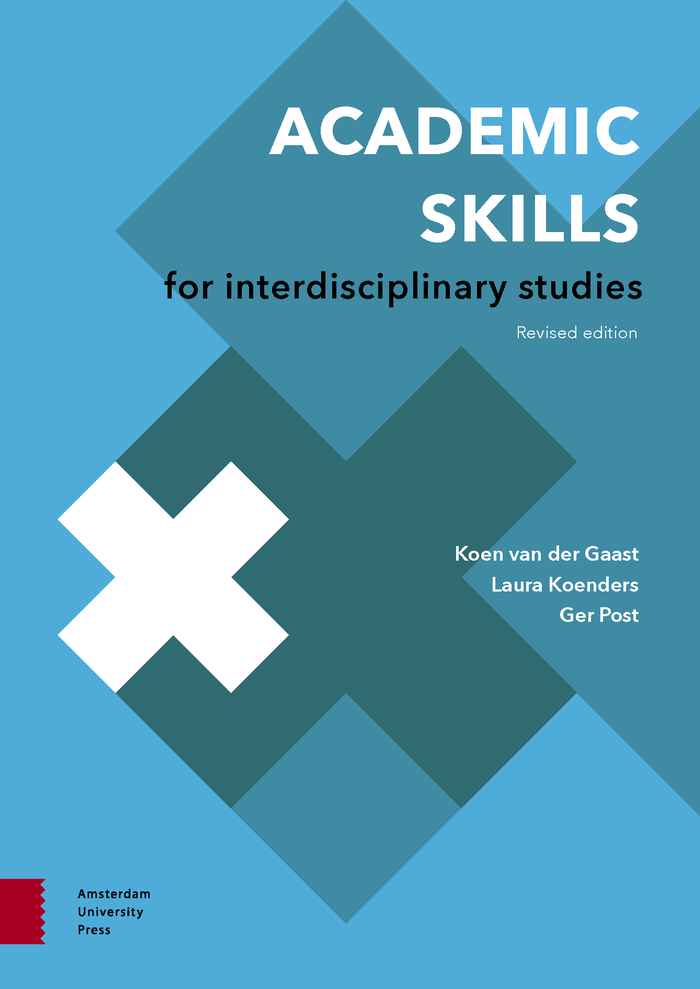
What is a theoretical framework for? How do you effectively present your data in a figure? What is the secret to a good presentation?
As an interdisciplinary student, you delve into theories and research methods from a whole range of disciplines. Academic skills are the tools that you can use to take in, develop, integrate and question knowledge. This guide provides specific instructions, tips and examples to help students develop these skills, both during and after their studies.
As academic education focuses on research, the empirical cycle forms a key theme of the book, including when discussing the following skills:- Searching for, critically reading and analysing scholarly texts;
- Formulating research questions
- Making concepts measurable, both qualitatively and quantitatively
- Organising literature and data
- Analysing and formulating an argument
- Academic writing
- Collaborating
- Reflecting
- Presenting
-
Seeing the City

A city is a complex object. Some researchers look at its shape, others at its people, animals, ecology, policy, infrastructures, buildings, history, art or technical networks. Some researchers analyse processes of in- or exclusion, gentrification, or social mobility; others analyse biological evolution, traffic flows, or spatial development. Many combine these topics or add still more topics beyond this list. Some projects cross the boundaries of research and practice and engage in action research, while others pursue knowledge for the sake of curiosity.
This volume embraces this variety of perspectives and provides an essential collection of methodologies for studying the city from multiple, interdisciplinary, and transdisciplinary perspectives. We start by recognising that the complexity of the urban environment cannot be understood from a single vantage point. We, therefore, offer multiple methodologies in order to gather and analyse data about the city and provide ways to connect and integrate these approaches. The contributors form a talented network of urban scholars and practitioners at the forefront of their fields. They offer hands-on methodological techniques and skills for data collection and analysis. Furthermore, they reveal honest and insightful reflections from behind the scenes. All methodologies are illustrated with examples drawn from the authors' own research, applying them in the city of Amsterdam. As such, the volume also offers a rich collection of Amsterdam-based research and outcomes that may inform local urban practitioners and policymakers. Altogether, the volume offers indispensable tools for and aims to educate a new generation of interdisciplinary and transdisciplinary-minded urban scholars and practitioners.
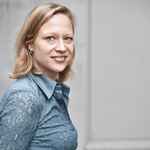 Copyright: UvA
Copyright: UvAI fully support Luca’s call to start using the book; so while of course having dialogues with colleagues about your method and approach is the best, the book can also serve this purpose, to help you assess what it is you do not see yourself.
Julia Noordegraaf, professor Digitaal Erfgoed -
An Introduction to Interdisciplinary Research - Theory and Practice
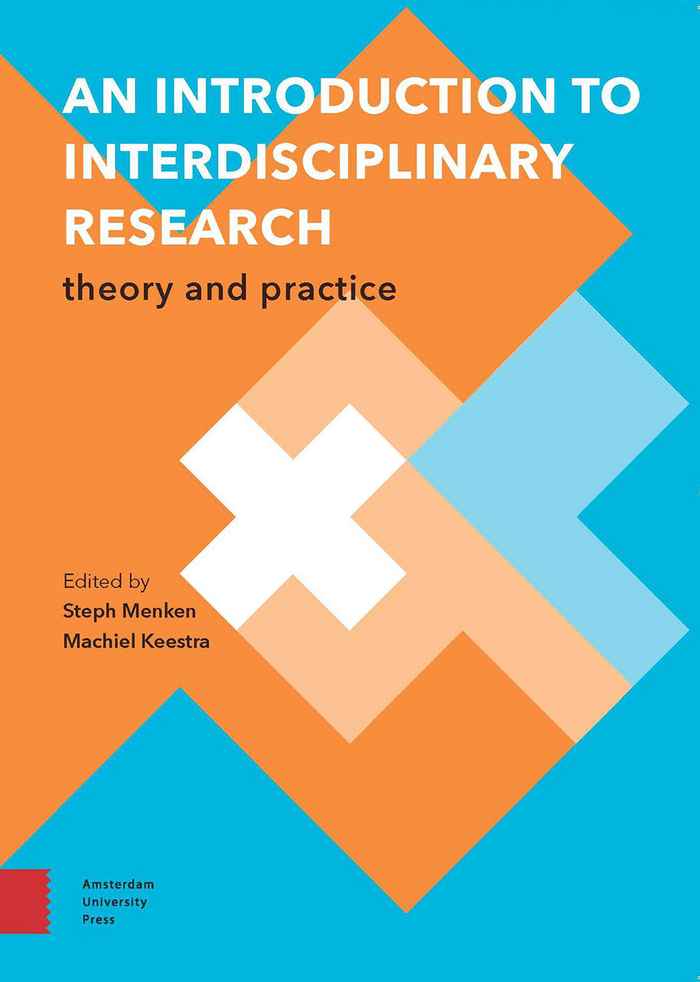
The guide ‘An Introduction to interdisciplinary Research’ is meant for advanced Bachelor's students and beginning Master's students and builds onto the 20 year interdisciplinary experience within the IIS.
One of the major areas of emphasis in academia in recent years has been interdisciplinary research, a trend that promises new insights and innovations rooted in cross-disciplinary collaboration. This book is designed to help students understand the tools required for stepping beyond traditional disciplinary boundaries and applying knowledge and insights from and across multiple fields. Relentlessly focused on practical applications, the book will enable students to plan and execute their own interdisciplinary research projects.
-
Wicked Philosophy
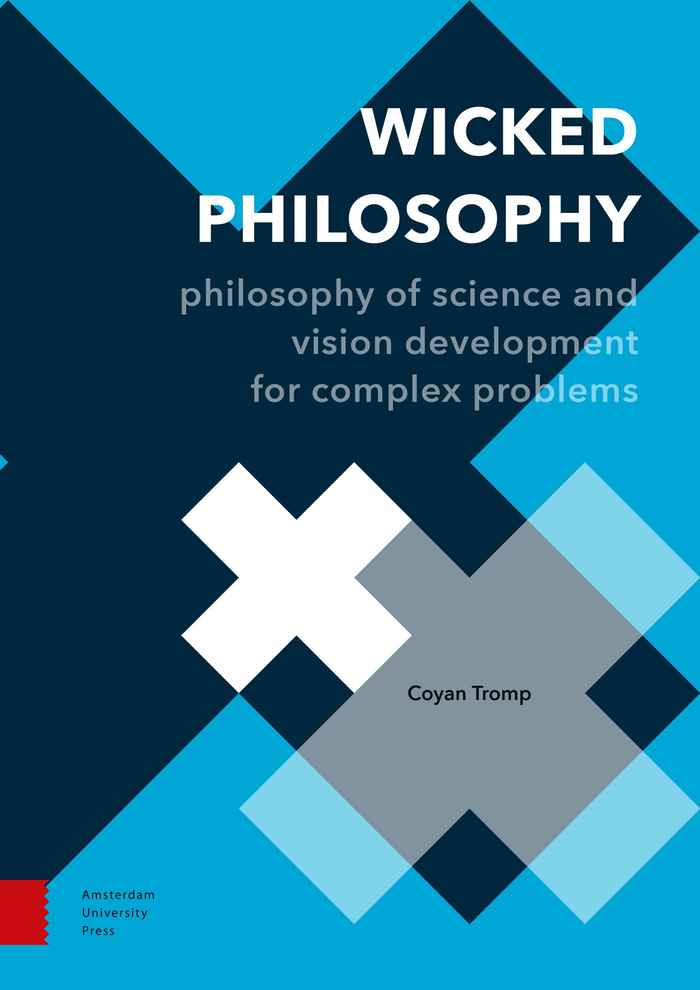
‘Wicked Philosophy. Philosophy of Science and Vision Development for Complex Problems’ provides an overview of the philosophy of the natural sciences, the social sciences and the humanities, and explores how insights from these three domains can be integrated to help find solutions for the complex, ‘wicked’ problems we currently face.
Complexity thinking
The core of a new science-based vision is complexity thinking, offering a meta-position for navigating alternative paradigms and making informed choices of resources for projects involving complex problems. The book also brings design thinking into problem-solving and teaching, fostering construction of an integrative approach that bridges structure and action amplified by transdisciplinary engagement of stakeholders in society.